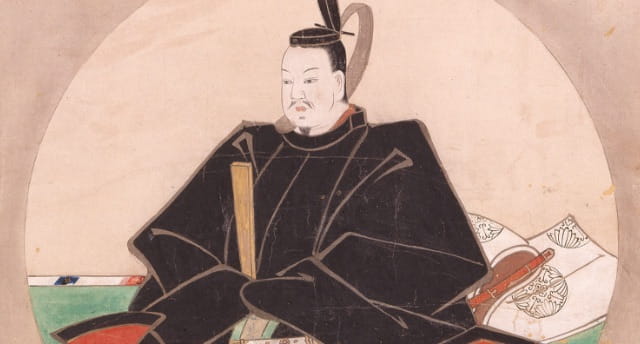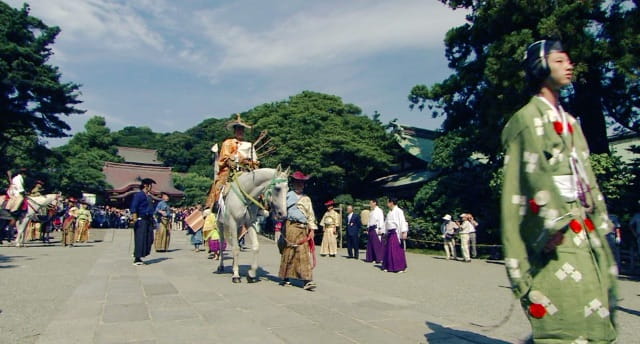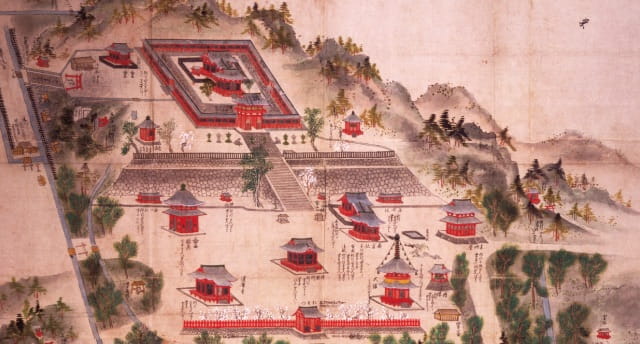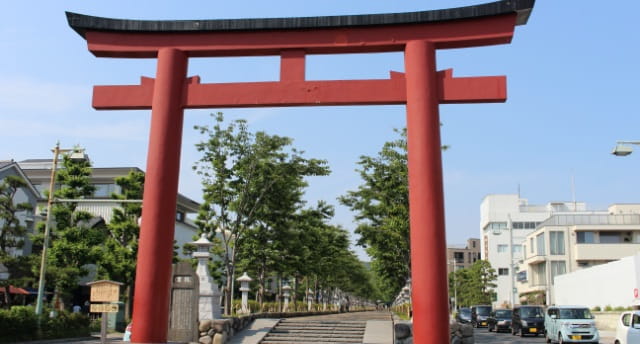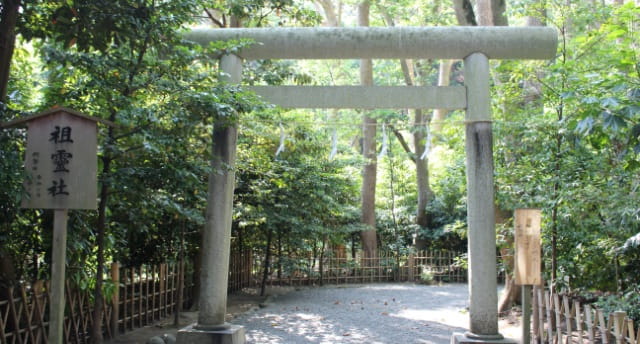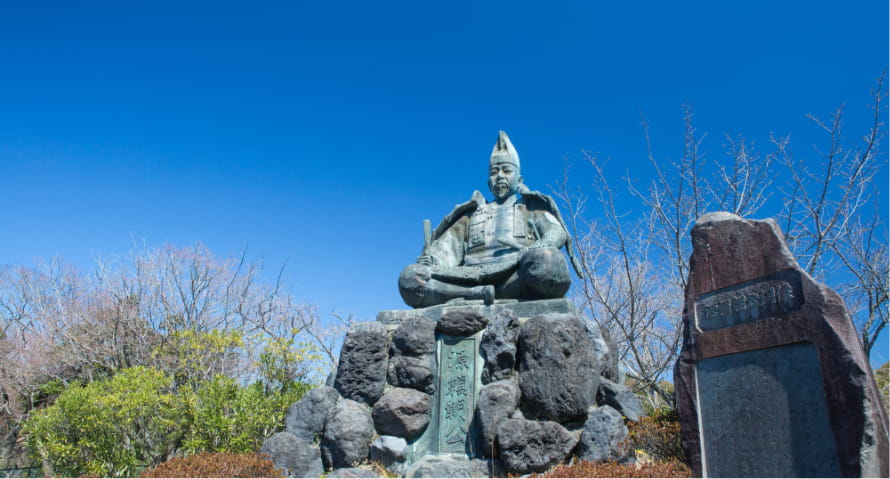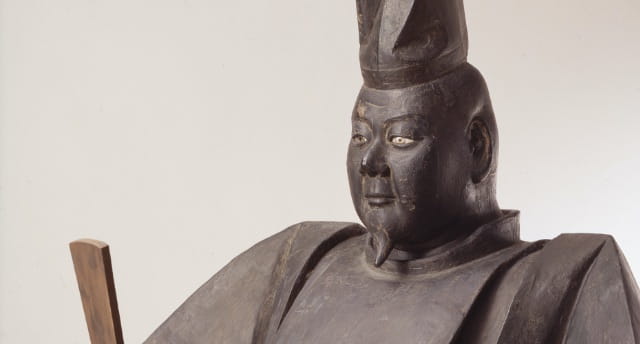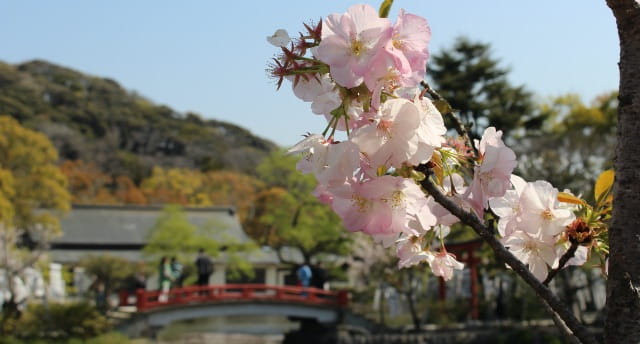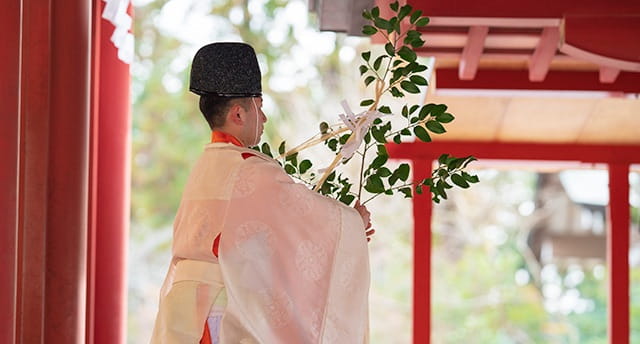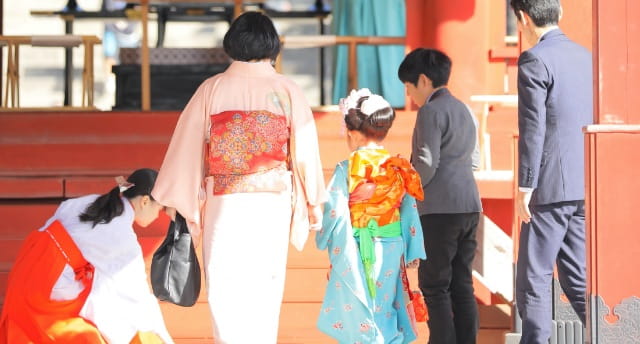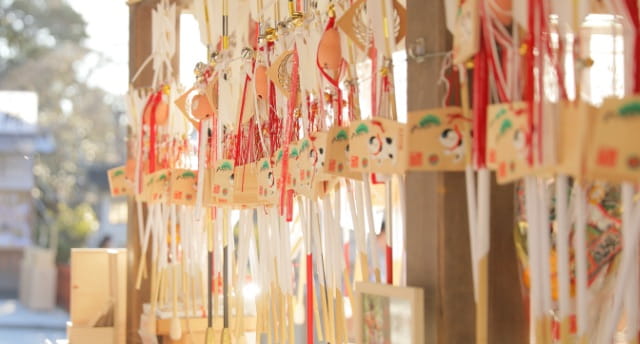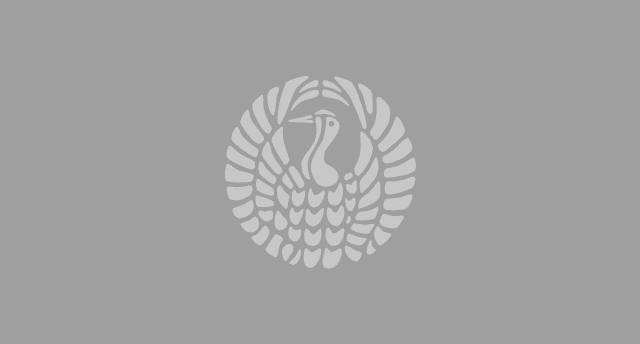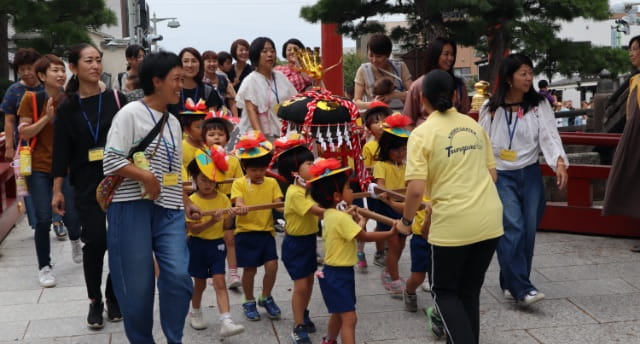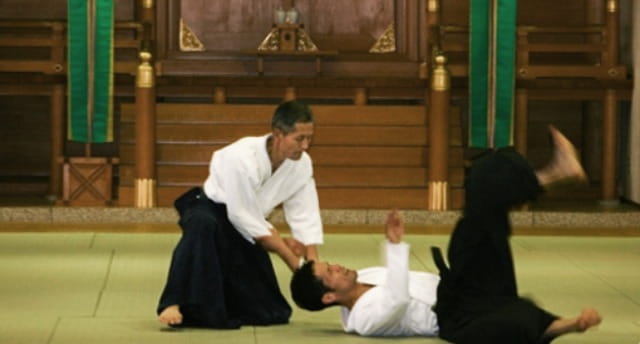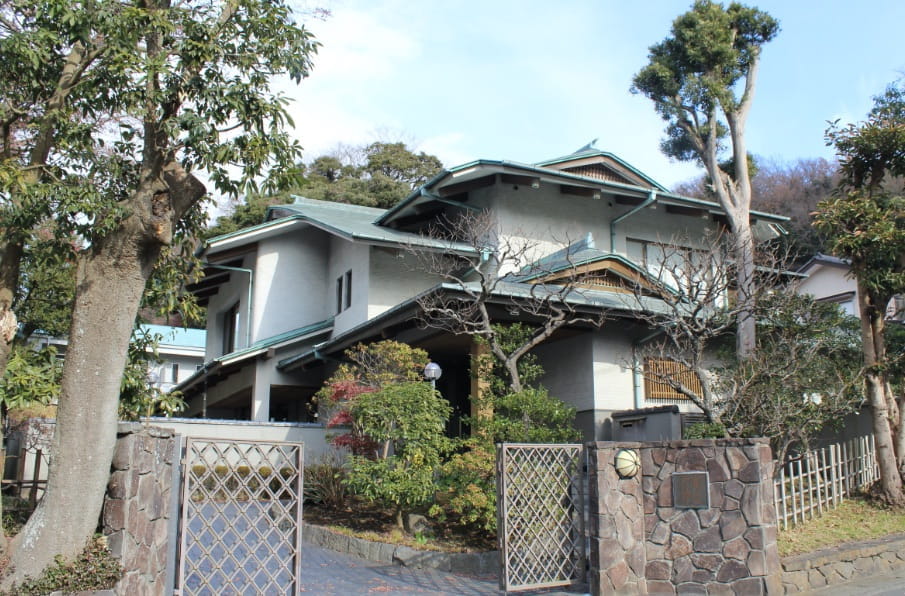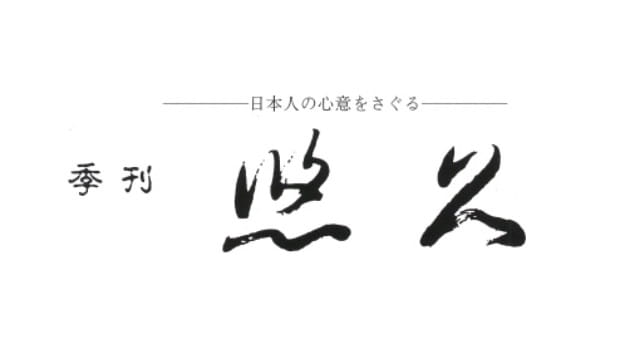See
Treasures
This exhibit features a collection of national treasures and other ancient sacred artifacts that have been passed down in Tsurugaoka Hachimangu.
Tachi Mei Masatsune | One sword

This is a work from the Kamakura period by Bicchu Aoe Masatsune of the Bicchu Aoe smithing lineage, and has a graceful and dignified appearance with a high waist and a small, taut cutting edge. This is a masterpiece of Bichu Ko-Aoe (the early-period of Aoe history) Masatsune, and is regarded as the best of Ko-Aoe. It is also in extremely good condition. It is said that Bichu Ko-Aoe is well known for the excellence of this sword.
This sword was dedicated to Tusurugaoka Hachimangu when Tokugawa Yoshimune, the eighth shogun of the Tokugawa Shogunate who is famous of his execution of the Kyoho Reforms, carried out repairs to the shrine in Genbun 1 (1736).
Since Tokugawa Ieyasu, the Tokugawa shogunate has repaired the shrine several times, which shows the reverence the successive Tokugawa shoguns had for Hachiman, the guardian deity of the samurai families. Furthermore, the spirit of Minamoto Yoritomo's devotion to Tsurugaoka Hachimangu as the spiritual center of the samurai families and the Tokugawa shoguns inheritance of this spirit can be seen in the Masatsune sword and the other swords.
Black lacquer arrows | Three arrows from a 30 arrow set

One of the ancient Shinto treasures. 13 kabura arrows, 13 pointed arrows, and 4 marune arrows, a total of 30 arrows, which is considered two sets. The feathers on the black lacquer arrows are white with brown and purple spots. They are thought to have been made as a votive offering. As these are arrows are shown in the arrow drawings in the Shuko Jissyu text, the arrow feathers are missing, and are thought to have been repaired later. This is the origin of the Hamaya arrow-shaped amulets given out over the New Year’s period.
Red lacquer bow

It is a two-meter bow made of ebony wood, painted with vermilion lacquer and fitted with gilt-bronze nock points at both ends. The handle has a carved hollow. The Shinpen Sagami no Kuni Fudoki Ko manuscript says: "When Minamoto Yoriyoshi re-enshrined the division of Iwashimizu Hachimangu at Tsurugaoka Hachimangu, he dedicated a sacred bow from Iwashimizu Hachimangu to Tsurugaoka Hachimangu. There originally were two bows, but one was lost to a fire in Bunka 4 (1807).”
Ikojiji-nihon-hachi, mother-of-pearl inlay | One of two quivers

A yanagui is a quiver which is to be worn around the waist. The outer surface is decorated with kin-ikake jinuri, a Japanese lacquer technique and mother-of-pearl inlay with apricot leaf patterns. The interior was painted in black lacquer and has a structure of 16 thin sheets for storing arrows. The edge of the body has a gilded copper border and holes are made near the edge. The bunting-eye shaped metal rings with gold-plated chrysanthemum-shaped metal fittings are installed on the holes and strings of purple leather are passed through them. The Shinpen Sagami no Kuni Fudoki Ko manuscript says “Both versions of the quiver are made in the same way and can accommodate 15 arrows each. This is a tribute from Yoriyoshi to Tsurgaoka Hachimangu, just like the bow.”
Tachi sword with apricot-leaf inlays of mother-of-pearl on gold sprinkled surface | One of two swords

The sword is generally known as the "Tachi Sword of Efu". The handle is clad in a silver shark-skin-like surface (a thin silver sheet that has been hammered out and textured like shark-skin) with four flower-shaped metal fittings. There are four bale studs on the front and four small cherry blossom studs on the back of the handle. The flower-shaped metal fittings, bale studs and small cherry blossom studs all have a plain-surface finish (with no pattern on them). The obi strap holder, waist belt and hand strap have been supplemented with red leather with a fine white chrysanthemum pattern on it. The scabbard has apricot-leaf inlays made of mother-of-pearl on a gold sprinkled surface. Both the swords are of almost the same size and shape, and their designs and techniques are similar, except that one of them has its handguard and some parts have been supplemented. Neither of the tachi swords are inscribed with the name of the swordmaker. In the Shinpen Sagami no Kuni Fudoki Ko manuscript, it is written that the two tachi swords are Efu (imperial guard) swords, and have been worn by Minamoto Yoritomo.
Kami clothing (Uchiki) | Five sets





A total of five sets: double-weave with phoenix design on a white mallow background; fine-weave with three circles with two cranes facing each other in each on a purple background (two sets); twill-weave with spread rhombus pattern on a pale orange background; and double-weave with bird nest on haze design on a yellow background. According to shrine legend, the Emperor Go-Shirakawa offered the garments to the kami, or the Emeritus Emperor Kameyama prayed for the peace and tranquility of the nation with these garments when he was attacked by Mongolia. These garments are about 20% larger than the usual size of ordinary clothes because they are a sacred treasure of the kami. In particular, the "double-weave with phoenix design on a white mallow background" is an outer garment that was elaborately tailored, making it one of the most valuable pieces of clothing in existence.
Writing Box with fence and chrysanthemum maki-e and mother-of-pearl inlay | One set



According to shrine legend, Minamoto Yoritomo was given the box as a gift by the Cloistered Emperor Go-Shirakawa and dedicated it to Tsurugaoka Hachimangu. The outer surface of the cover is finished with inlays of a fence, chrysanthemum flowers and birds, and is sprinkled with gold powder. The body and the inner surface of the cover are decorated with the same design of a pear- skin-like grainy background using a simple technique called togidashi maki-e (gold-inked lacquerware). Inside, the center of the box has a square-shaped silver-plated water kettle with a spout, and an inkstone. And on the sides are shallow partition boxes with silver edges.
All the edges of the box and cover have silver edges as well. Judging from the above, this is a representative example of maki-e lacquerware with mother-of-pearl inlays from the early Kamakura period, and is valuable as one of the few inkstone boxes available.

